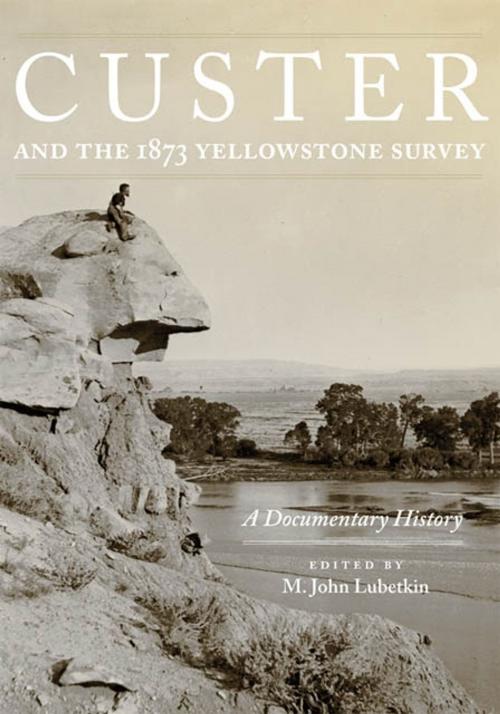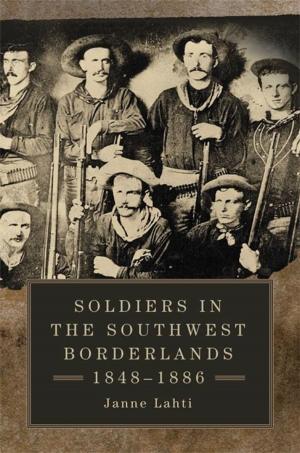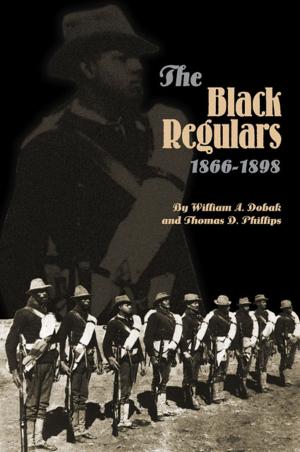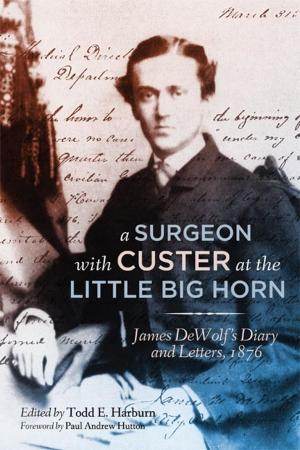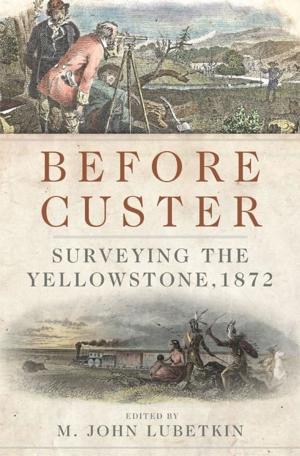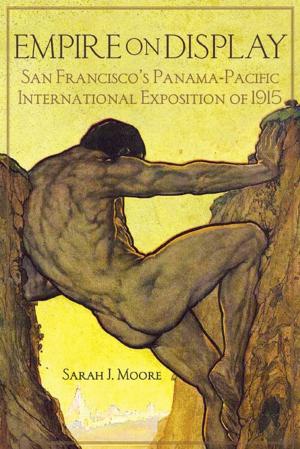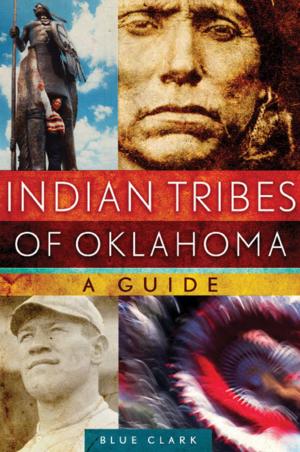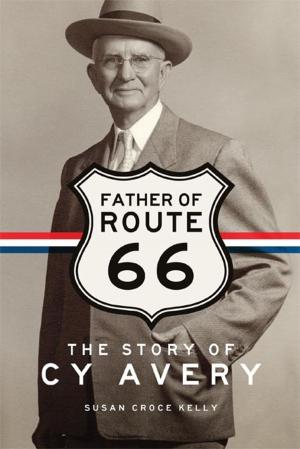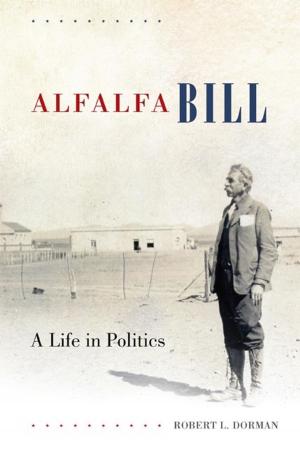Custer and the 1873 Yellowstone Survey
A Documentary History
Nonfiction, Reference & Language, Transportation, Railroads, History, Americas, United States, 19th Century, Military| Author: | ISBN: | 9780806145433 | |
| Publisher: | University of Oklahoma Press | Publication: | October 16, 2013 |
| Imprint: | University of Oklahoma Press | Language: | English |
| Author: | |
| ISBN: | 9780806145433 |
| Publisher: | University of Oklahoma Press |
| Publication: | October 16, 2013 |
| Imprint: | University of Oklahoma Press |
| Language: | English |
Progress on the nation’s second transcontinental railroad slowed in 1873. The Northern Pacific’s proposed middle—the 250 miles between present Billings and Glendive, Montana—had yet to be surveyed, and Sioux and Cheyenne Indians opposed construction through the Yellowstone Valley, the heart of their hunting grounds. A previous surveying expedition along the Yellowstone River in 1872 had resulted in the death of a prominent member of the party, the near-death of the railroad’s chief engineer, the embarrassment of the U.S. Army, and a public relations and financial disaster for the Northern Pacific.
Such is the backdrop for Custer and the 1873 Yellowstone Survey, the story of the expedition told through documents selected and interpreted by historian M. John Lubetkin. The U.S. Army was determined to punish the Sioux, and the Northern Pacific desperately needed to complete its engineering work and resume construction. The expedition mounted in 1873—larger than all previous surveys combined—included “embedded” newspaper correspondents and 1,600 infantry and cavalry, the latter led by George Armstrong Custer.
Lubetkin has gathered firsthand accounts from the correspondents, diarists, and reporters who accompanied this important expedition, including that of news correspondent Samuel J. Barrows. Barrows’s narrative—written in a series of dispatches to the New York Tribune—provides a comprehensive, often humorous description of events, and his proficiency with shorthand enabled him to capture quotations and dialogue with an authenticity unmatched by other writers on the survey.
The expedition marched west from the Missouri River in mid-June of 1873 and, in three months, covered nearly 1,000, often grueling miles. Encompassing the saga of transcontinental railroading, cultural conflict on the northern plains, and an array of important Indian and Anglo-American characters, Custer and the 1873 Yellowstone Survey will fascinate Custer fans and anyone interested in the history of the American West.
Progress on the nation’s second transcontinental railroad slowed in 1873. The Northern Pacific’s proposed middle—the 250 miles between present Billings and Glendive, Montana—had yet to be surveyed, and Sioux and Cheyenne Indians opposed construction through the Yellowstone Valley, the heart of their hunting grounds. A previous surveying expedition along the Yellowstone River in 1872 had resulted in the death of a prominent member of the party, the near-death of the railroad’s chief engineer, the embarrassment of the U.S. Army, and a public relations and financial disaster for the Northern Pacific.
Such is the backdrop for Custer and the 1873 Yellowstone Survey, the story of the expedition told through documents selected and interpreted by historian M. John Lubetkin. The U.S. Army was determined to punish the Sioux, and the Northern Pacific desperately needed to complete its engineering work and resume construction. The expedition mounted in 1873—larger than all previous surveys combined—included “embedded” newspaper correspondents and 1,600 infantry and cavalry, the latter led by George Armstrong Custer.
Lubetkin has gathered firsthand accounts from the correspondents, diarists, and reporters who accompanied this important expedition, including that of news correspondent Samuel J. Barrows. Barrows’s narrative—written in a series of dispatches to the New York Tribune—provides a comprehensive, often humorous description of events, and his proficiency with shorthand enabled him to capture quotations and dialogue with an authenticity unmatched by other writers on the survey.
The expedition marched west from the Missouri River in mid-June of 1873 and, in three months, covered nearly 1,000, often grueling miles. Encompassing the saga of transcontinental railroading, cultural conflict on the northern plains, and an array of important Indian and Anglo-American characters, Custer and the 1873 Yellowstone Survey will fascinate Custer fans and anyone interested in the history of the American West.
